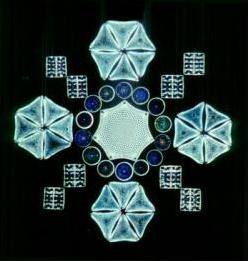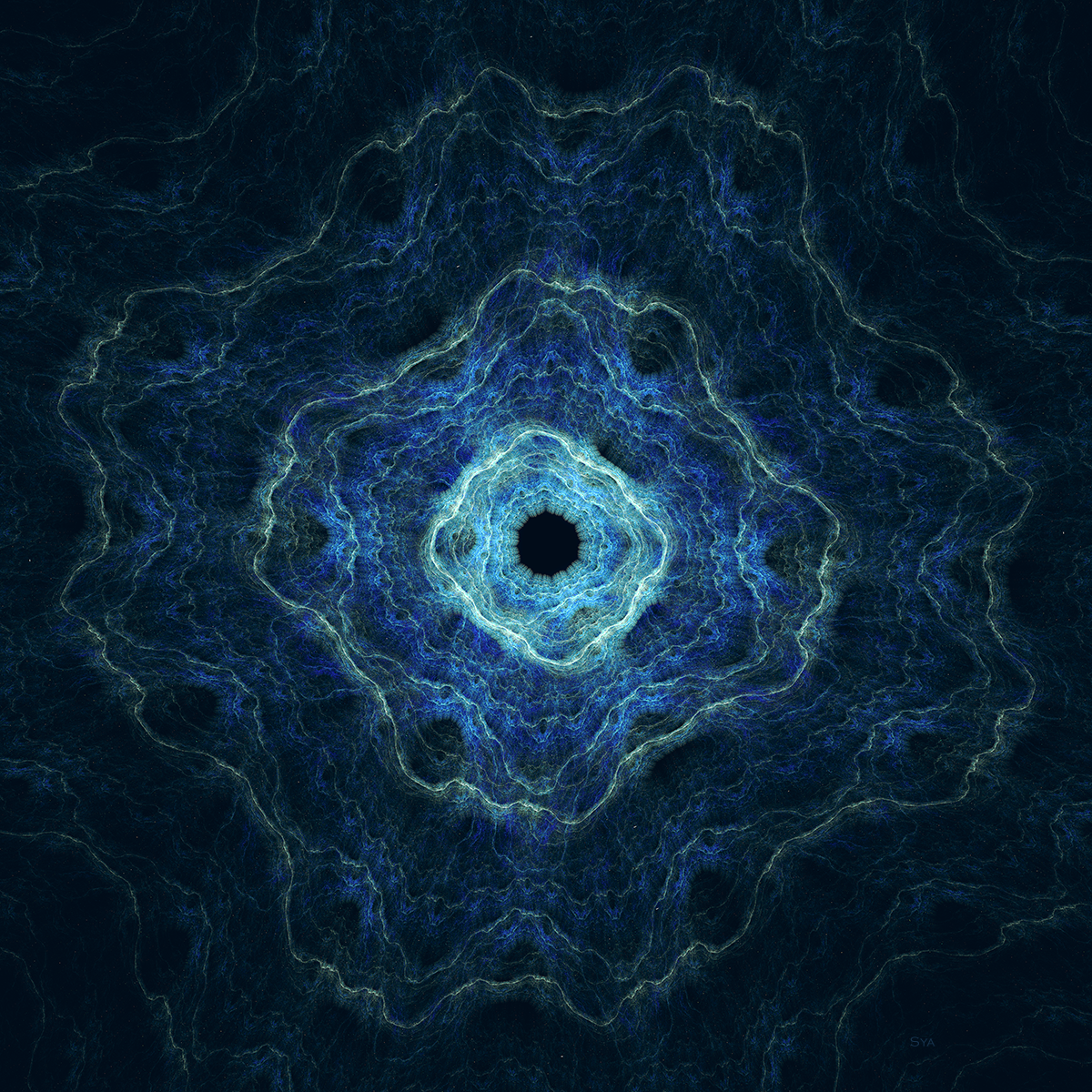 Diatom are single-celled photosynthetic organisms, one of several groups of algae that biomineralize silicate. They inhabit both fresh and marine water. Deposition of the silicate creates rigid cell walls which can take on a complex variety of geometric shapes.
Diatom are single-celled photosynthetic organisms, one of several groups of algae that biomineralize silicate. They inhabit both fresh and marine water. Deposition of the silicate creates rigid cell walls which can take on a complex variety of geometric shapes.
In victorian times, hobbyists and enthusiasts would create arranged slides, microscopic pictures only a millimeter or two across, made out of individually placed diatom shells and butterfly scales. Some antique slides still exist today in personal and museum collections, but it was considered to be a lost art until Klaus Kemp of Microlife Services came along. He makes both traditional and contemporary designs, my favorite are the mandalas like the ones pictured here.
I live in Michigan so I found this site interesting as well: Great Lakes Diatoms
Exploring the Infinite

Diatom Art
Scroll
Diatoms are traditionally divided into two orders: centric diatoms (Centrales), which are radially symmetric, and pennate diatoms (Pennales), which are bilaterally symmetric. The former are paraphyletic to the latter. A more recent classification[1] divides the diatoms into three classes: centric diatoms (Coscinodiscophyceae), pennate diatoms without a raphe (Fragilariophyceae), and pennate diatoms with a raphe (Bacillariophyceae). It is probable there will be further revisions as understanding of their relationships increases.
Very good site, excellent content, I will recommend to my group of readers in the university, I found very interesting article on the internet, including this … I will leave an input